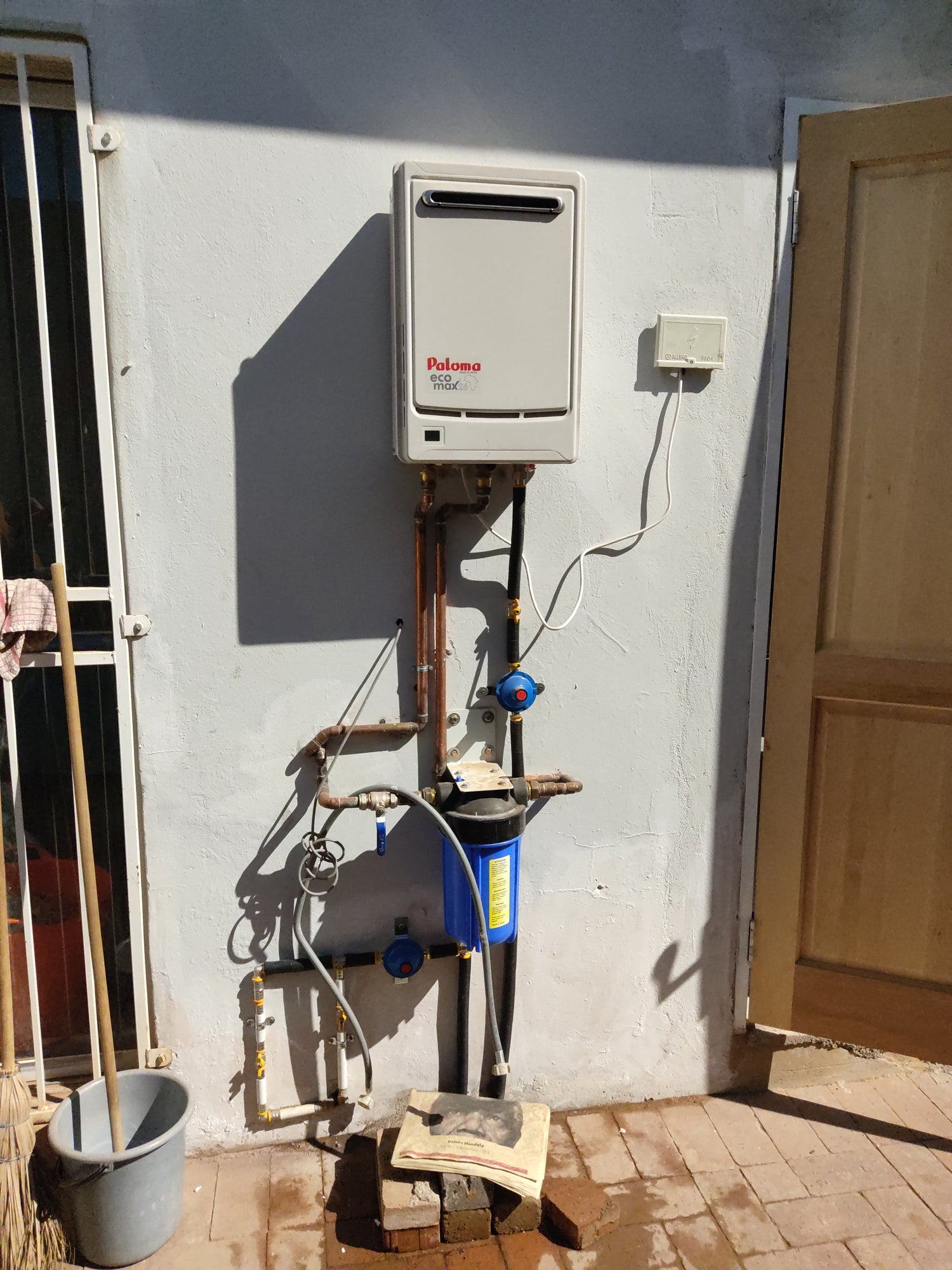How Geyser Installation can Save You Time, Stress, and Money.
Wiki Article
Not known Facts About Geyser Installation
Table of ContentsThe Ultimate Guide To Geyser InstallationThe Basic Principles Of Geyser Installation Not known Details About Geyser Installation Not known Facts About Geyser Installation
In this short article I will certainly define the common fundamental needs of an audio, modern high pressure, horizontal installment. The complying with summary connects to a modern-day high pressure (400/600Kpa) system commonly made by Kwikot South Africa.
Less usual are old low stress systems (100kpa) open pipeline or "Latco" type systems. Know that the components are NOT compatible in between both unique systems - High pressure and Reduced pressure! It is possible to get rid of an old low pressure system and replace it with a modern-day high pressure system however - you get a brand-new high pressure geyser as well as mount it according to the existing spec.
The geyser sits in a tray made of plastic (often red) or tin plate. I like the plastic ones.
Since June 2001, the drip tray is not optional - its reached exist and there has to be a drain pipe for it! The drain is a 50mm PVC waste pipeline that drains pipes the tray by piping the water out your house. I have seen numerous drip trays installed without drains! If your installment pre-dates June 2001 you may wish to obtain a plumbing professional to look at it.
The Definitive Guide to Geyser Installation
The two vacuum cleaner breakers stand vertically regarding 30cm above the hot spring. These are essential, as they stop water siphoning out the hot spring when the cold supply is stopped - geyser installation.Bear in mind that vacuum cleaner breakers are a reasonably brand-new demand - there are still thousands of old HP systems out there without vacuum breakers and I am yet to see one collapse. Simply because I have not seen it does not suggest it's not occurring!
The cold water side is the side that straight connects to the drainpipe penis as well as gets in the geyser near the bottom. After the shut down valve you would typically locate a Pressure Control Shutoff (PCV). There are a number of different types, mainly made from brass however some are constructed from plastic.
This is where the PCV releases redirected here pressure and this is the pipeline that commonly leaks. Do not worry if you can not discover the PCV alongside the hot spring - it may be totaled 10 metres away, typically in a much more accessible position on a wall surface outside. Often it's in a little plastic box exterior.
The 10-Minute Rule for Geyser Installation
This valve must have a metal (copper or steel) pipeline attached to it and also the pipeline have to lead straight out the building. This vent pipe is an essential safety and security function of the entire system.The T&P valve is the least optional part - it has to be there! - The weight of the geyser must be adequately supported you can try these out on the roof covering trusses - a minimum of two assistances under the 'feet' of the geyser. If it looks shaky get a plumber to inspect it out.
This was not a demand on old hot springs, but it is currently and also it's worth fitting one. The geyser needs to be earthed! I have actually seen lots of hot springs with the earth cable inapplicable. All the copper pipes need to also be earthed and bound to the geyser earth. This is not an insignificant precaution! Obtain a qualified electrician to check your installment if the bonding is missing out on or looks dodgy.
Once more, these are often simply left existing following to the hot spring. There are basically just 2 primary thermostat kinds - the modern-day round "Kwiktherm" in newer Kwikot hot springs as well as the VK (rectangle-shaped block) key in older geysers and also in some newer non-Kwikot devices. The hot spring may be fed (cool water) with polcop (plastic) pipe - as much as the shut off shutoff, but the pipe into and also out of the geyser must be copper or galvanized steel.
Geyser Installation Things To Know Before You Get This

The hot water side should be copper, steel or accordingly rated (70) plastic or composite pipe. Note that you need to have at the very least 1m of copper/steel pipe out the hot spring - you may not attach plastic (composite) pipe directly to the hot spring. As above, the PCV as well as T&P have to be constructed from copper or steel - especially the vent out of the T&P valve.

I have seen a variety of setups where the installer has just run a short size of 22mm copper right into the drip tray with the suggestion being that the T&P can vent straight into the drip resource tray. A concept since the hot (100 +) water/steam melts the drip tray and also the PVC drain pipe.
The PCV is normally above the geyser and the cool water moves down into the geyser. This is rather vital since it develops an anti-syphon loop that avoids the hot spring from draining pipes back through the inlet in the event of a supply of water failing. If you fume water coming out your cool faucets when the water system fails then this is not functioning appropriately.
Report this wiki page